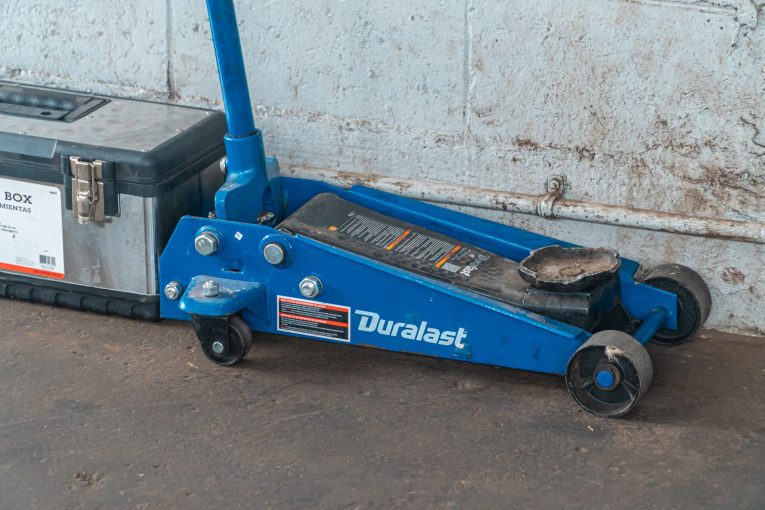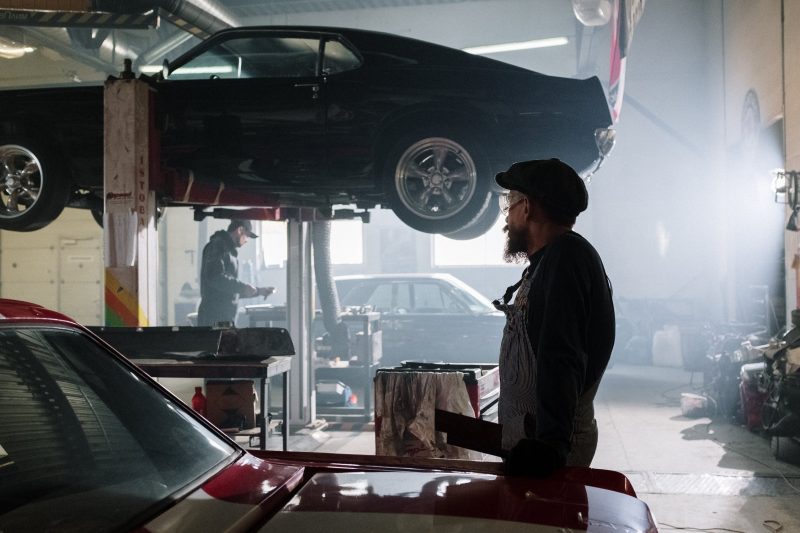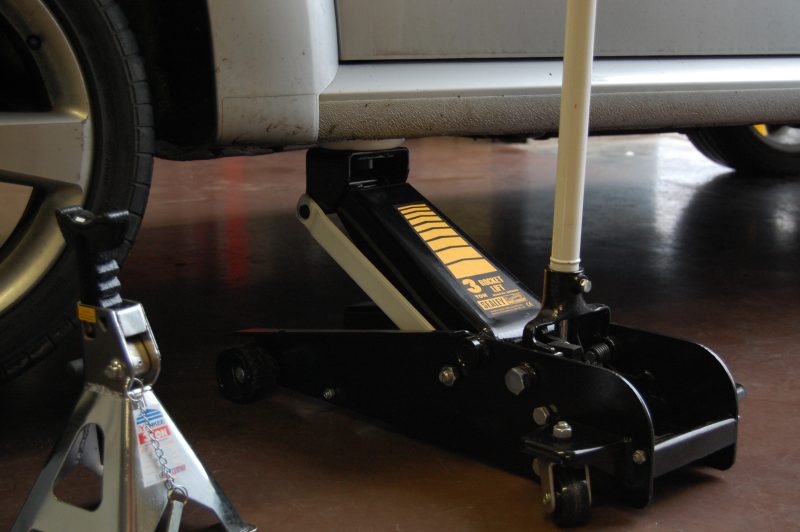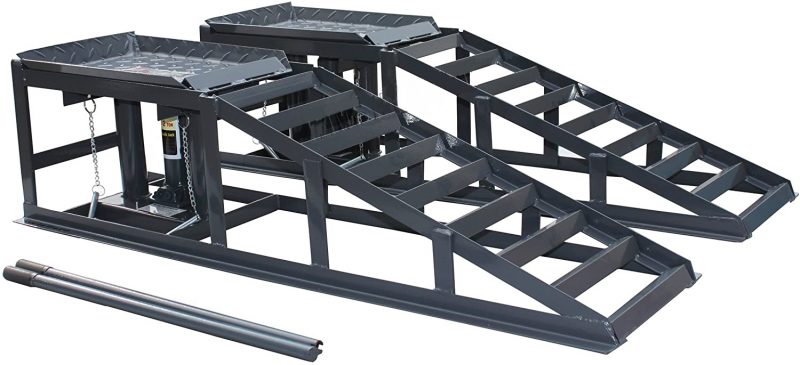Basic, Better, Best – Jack of all Cars

As Westlife once warbled, ‘you raise me up’. And while the Venn for Westlife and Car & Classic no doubt has a small overlap, the fact remains that raising up is what we’re doing here. Not with a powerful ballad, but with a selection of jacking options for your car. Because, let’s face it, nobody likes jacking up a car. It’s a heavy old faff that involves all too much bending and kneeling on the cold floor and so on. And we didn’t buy classics so we could indulge in manual labour, right? Exactly.

You might think a jack is a jack is a jack. But there’s a bit more to it than that. There are different types, both from the pages of automotive history and from the modern age. There are options out there for all cars, for all requirements and for all budgets. So, with that in mind, here are our basic, better and best options for getting your car high in the sky. Or a couple of feet, because if it was in the sky you wouldn’t be able to work on it.
What is a jack?
Way back in the thirteenth century, the name of Jack was first used as a nickname for John. Three hundred years later, the usage changed, and jack was used as a colloquialism for a person of low status. Think of the phrase ‘jack of all trades, master of none’ and you can see that usage in action. It was a term that would go on to be applied to physical objects or tools that would be used to do the work that beforehand, a person would have done. A jack hammer, for example. The first use of jack in the context of lifting was in 1679, in relation to an engine that was used to move timber.

The car jack started life as the scissor jack, which used a mechanical advantage facilitated by a screw mechanism. This is still a common jack today, and can be found in the boot of almost any car. In 1838, William Joseph Curtis filed a British patent for the hydraulic jack. This was then updated in 1851, when inventor Richard Dudgeon filed a patent for the portable version. Both worked on the principle of a hydraulic pump activated by the use of a handle. Oil is pumped through, while a ball valve stops the fluid from coming back. This keeps the jack, um, jacked. Until of course the ball is released and thus, the jack lowers. This is what we know today as the trolley jack.
Basic
The most basic jack is of course the humble scissor jack. And as such, more than likely the one you already have. They are good for changing wheels in a pinch, but they’re not really a jack you should rely on. Plus, they can be hard work. Yes, there is a mechanical advantage, hence their ability, but it’s still wholly down to you and your effort on the crank handle. With that in mind, we would suggest getting one that has embraced the modern age. By which, we mean one that does the work for you. This scissor jack has a 12v feed and a motor, and as such, does all the heavy lifting for you, quite literally. It also overcomes the traditional scissor jack issue of being a bit wobbly by having a larger than average footprint for added stability. Nice bit of kit.
Better
You can’t go wrong with a good, solid, well made trolley jack. And we have just thing in mind. The Sealey 2001LEHV comes highly recommended, largely on the basis that we have one. It’s a substantial bit of kit, tipping the scales at 32kg. Don’t drop it on your toes. But, with that heft comes a real feeling of quality. Plus, it can hoist up to two tonnes with ease. Ours has been used on a number of cars, and it’s been a joy each time. Good movement, high lifting ability (gets even our lowered car high enough to stick axle stands under) and it feels solid. As we say, it’s a big lad, but think of this as the perfect workshop jack. The last one you’ll ever need, to be honest. It has a reasonably low entry of 150mm, so even low cars are welcome. And it’s less than £140. Seriously, you need this in your life, and garage.
Best
Finally, we have these clever ramps from SwitZer. “But ramps aren’t jacks!” We hear you cry. Well no, traditionally they’re not. These ramps, however, are. Under each horizontal platform on which your wheels rest, there is a hydraulic bottle jack. As such, once you’ve driven up on the ramps, you can lift the car even further for professional garage levels of space, almost. Built to an impressive standard, with lots of bracing, anti roll back ridges and grippy chequer plate for your tyres, these really are excellent. The perfect hybrid of two favoured workshop tools. The reviews all seem positive, though if you’re driving something super low you might need some extensions as the ramp angle is quite steep. Great bit of kit though, that’s for sure.
A jack is the journey, not the destination…
It’s a given that you’ll need to jack up your car, but remember, jacking it up is only part of the process. Once the car is in the air, never work underneath it using just the jack as support. Always use a set of axle stands to take the weight of the car, and always use chocks to support the wheels still on the ground. Jacks get you where you need to be, axle stands keep you there. Safety first.
Want more products for your beloved classic? Have a look through our past articles here!





